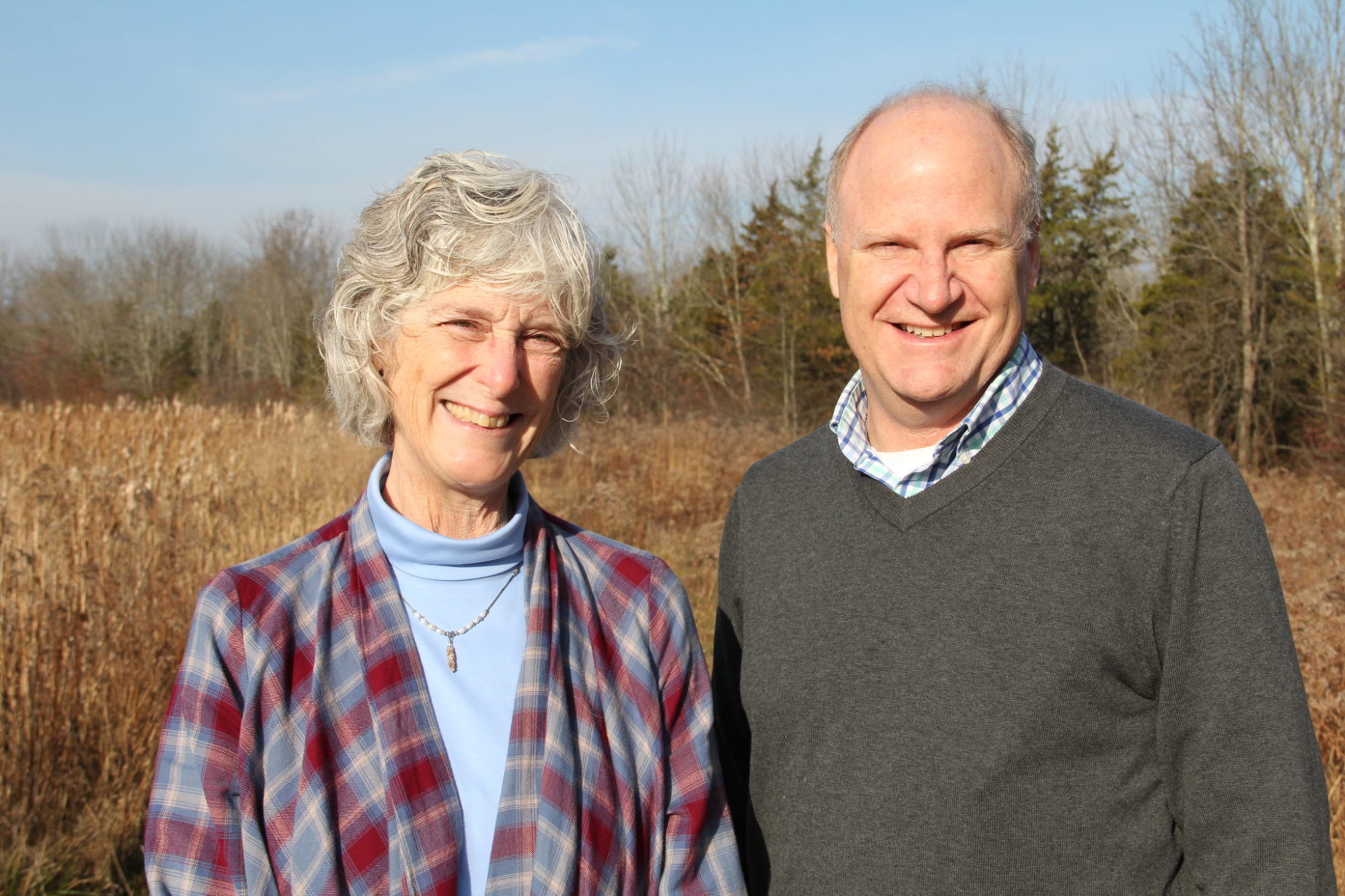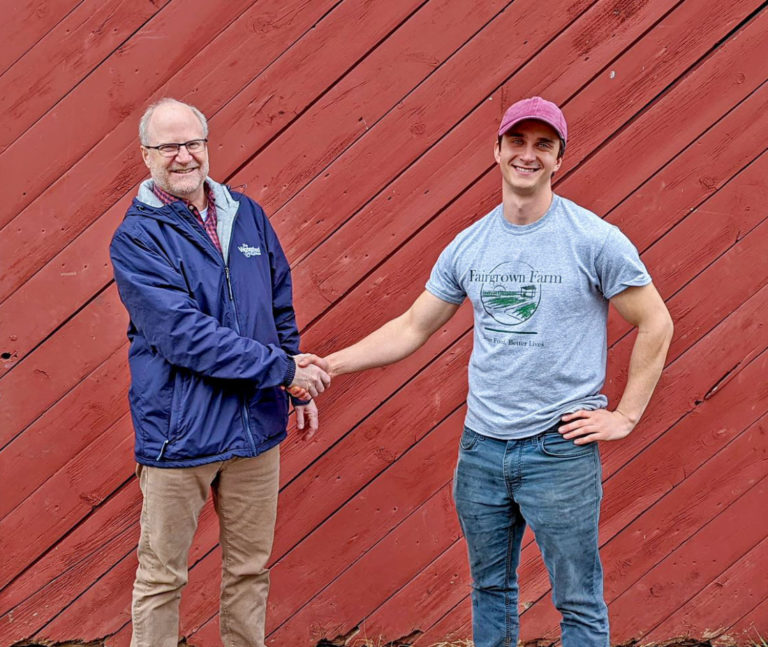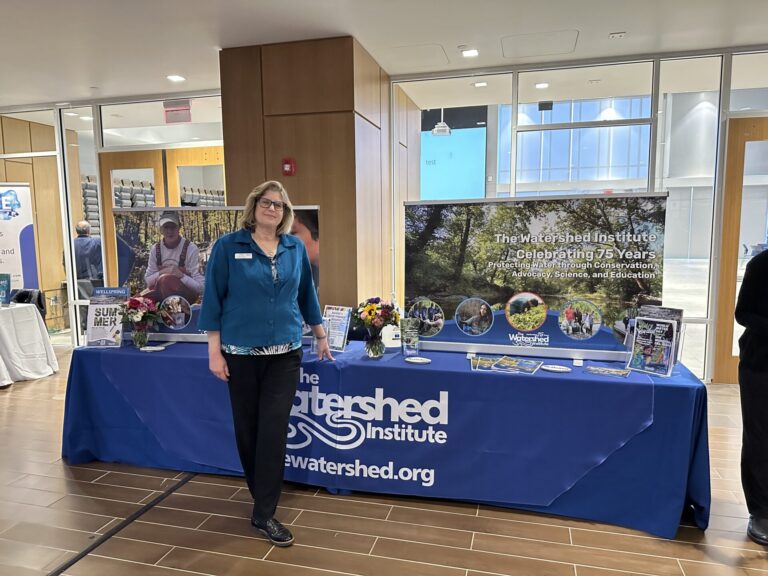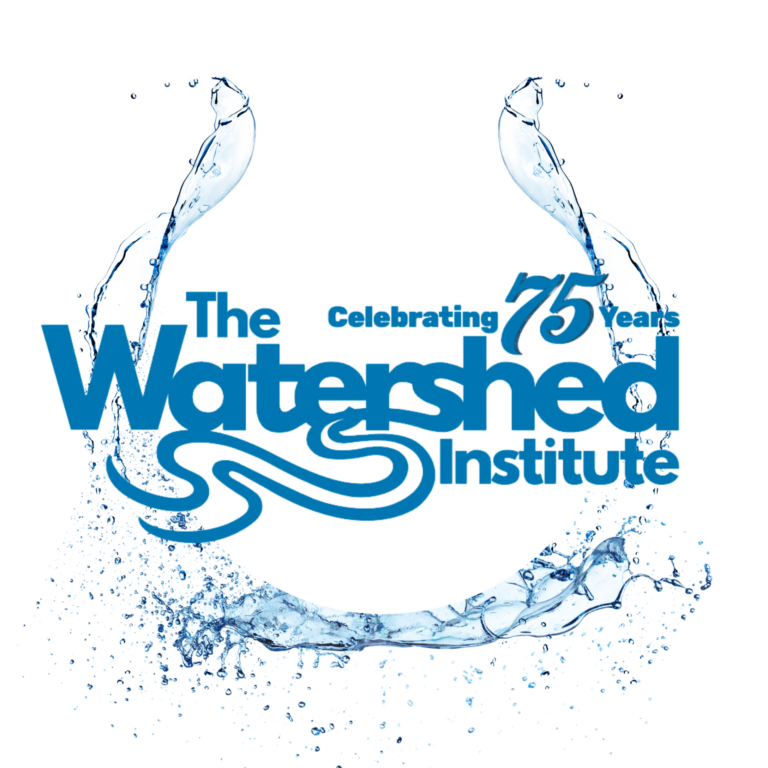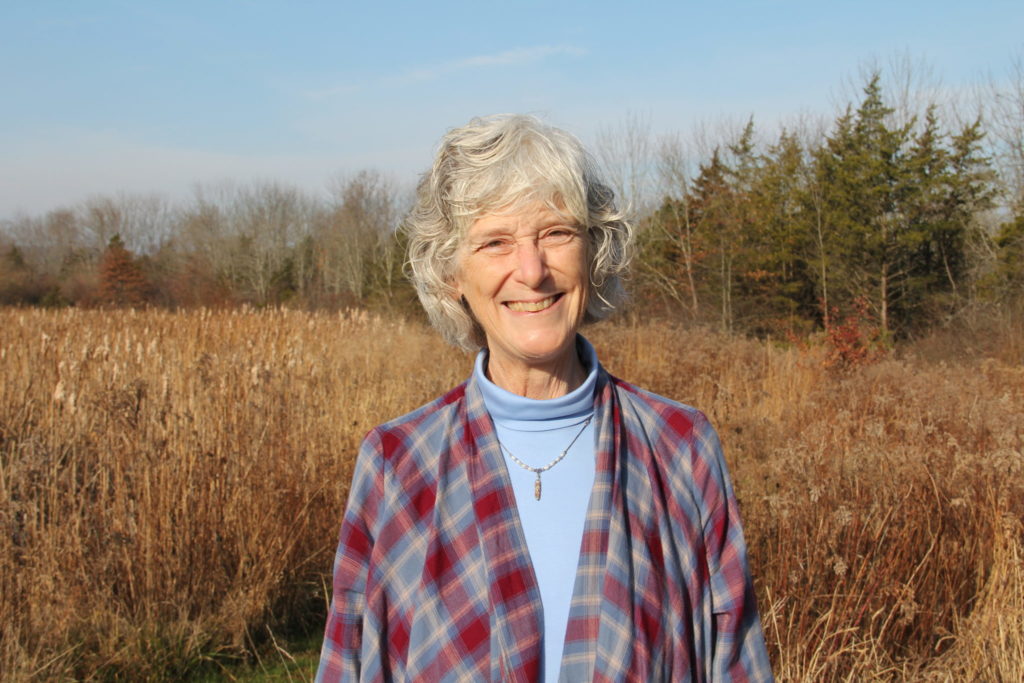 Dr. Pamela Silver, a biology professor and academic dean at Penn State Behrend as well as former editor at Freshwater Science magazine, said her pivotal experiences at The Watershed Institute shaped her interests and career.
Dr. Pamela Silver, a biology professor and academic dean at Penn State Behrend as well as former editor at Freshwater Science magazine, said her pivotal experiences at The Watershed Institute shaped her interests and career.
“I can’t think of anything more formative,” she said. “Those experiences there showed me that I could take things that I thought were really interesting and turn them into a career, and I realized how much I enjoyed that career.”
She said a director from the Stony Brook-Millstone Watershed Association came to Career Day at her Hopewell high school in 1969 and described the fascinating world of algae. “I thought it was the coolest thing I had ever heard about,” she said.
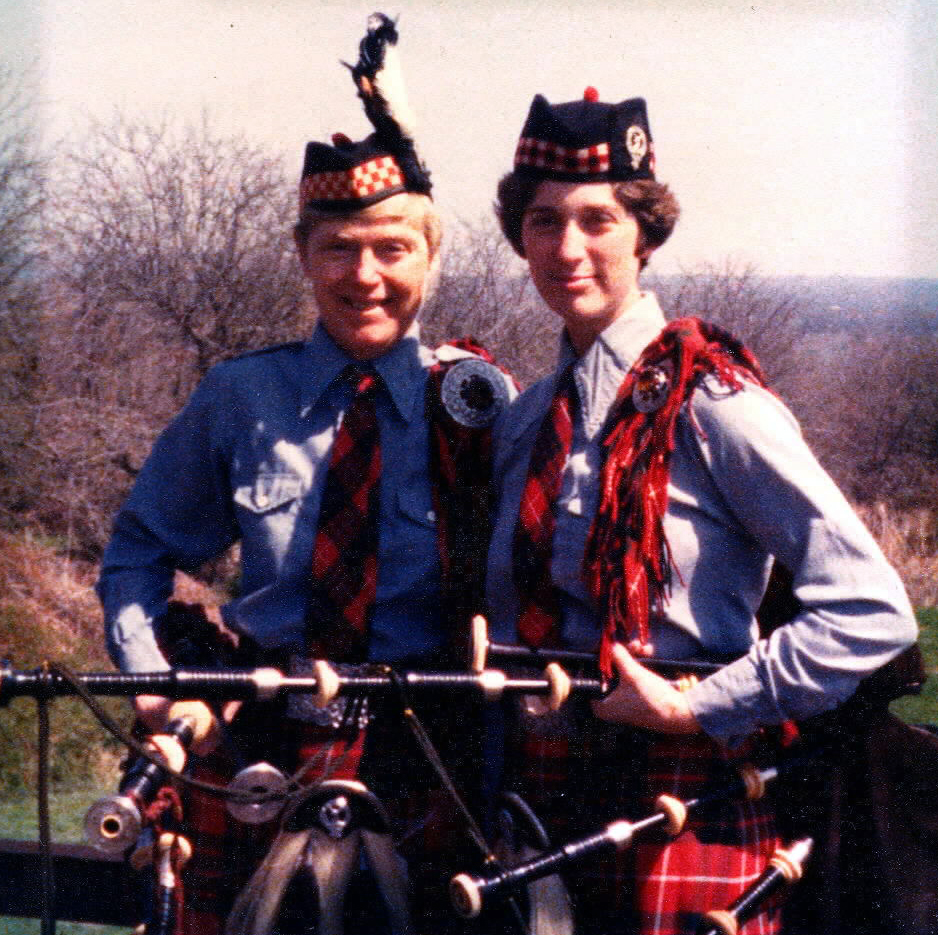 Pam was hooked and began volunteering at the Watershed as a high school sophomore, riding her bike from her Harbourton home to the property. During the school year, she assisted with overnight field trips when sixth graders visited the Watershed to learn about water and the environment in a natural setting. An avid “piper”, she entertained the students by playing her bagpipes as they sat around the campfire.
Pam was hooked and began volunteering at the Watershed as a high school sophomore, riding her bike from her Harbourton home to the property. During the school year, she assisted with overnight field trips when sixth graders visited the Watershed to learn about water and the environment in a natural setting. An avid “piper”, she entertained the students by playing her bagpipes as they sat around the campfire.
She also worked with the director as a Watershed teaching assistant in pioneering workshops to train teachers in ways to take their students outdoors to develop solutions to environmental problems. As a student at Trenton State College (now The College of New Jersey), she continued to volunteer at the Watershed.
“The Watershed’s influence on my life was profound – it set the course of my career,” Pam said. “It was the first time I had really thought about how I could put my love of things outdoors into a career path. And being included as a teaching assistant in a series of workshops to teach kids how to solve environmental problems was mind-boggling. Those, and the fact that I discovered freshwater ecology, gave me a path forward.”
After graduating from college in 1975, she married and started a family – always hoping to return to graduate school. In 1976, she received training in medical technology and, after her family moved to Florida. In 1980, she became certified as a blood bank specialist and worked for several years at a community blood bank in Ocala, Fla. In 1985, her family was complete and she entered graduate school at the University of South Florida.
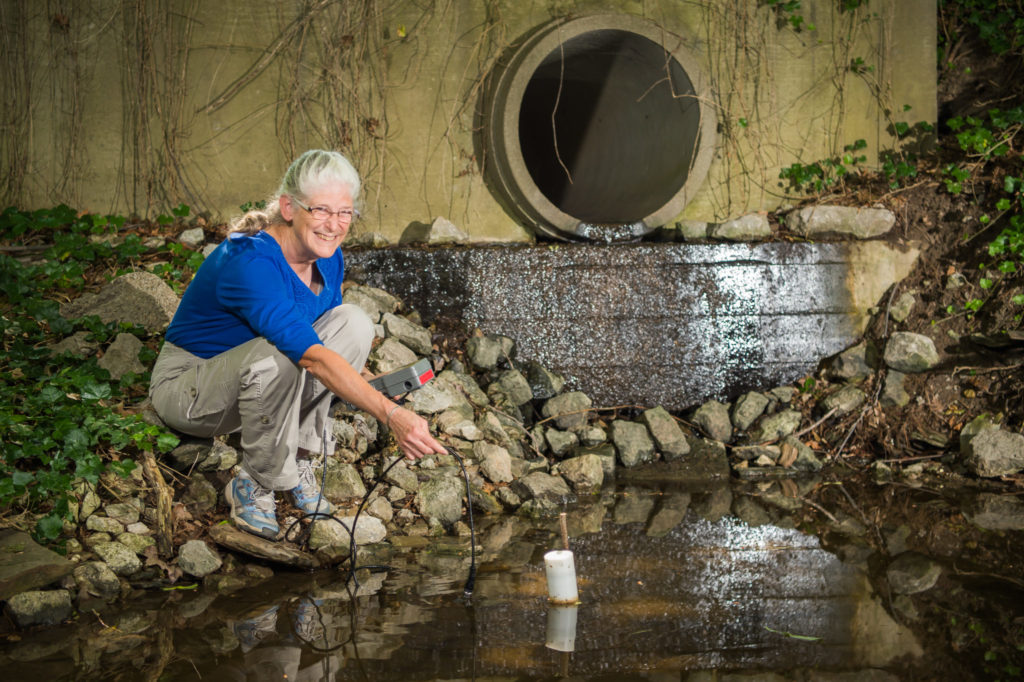 “I never lost my interest in freshwater science and devoured the articles in scientific journals on limnology and oceanography,” she said.
“I never lost my interest in freshwater science and devoured the articles in scientific journals on limnology and oceanography,” she said.
Eventually, she was able to gain two degrees; her M.S. in botany in 1987 and her Ph.D. in biology with a specialization in aquatic ecology in 1992. She taught at the University of South Florida for two years and then moved to Penn State Behrend. She taught various biology and ecology classes there and in 2017 was appointed interim academic dean before assuming the post permanently in 2019.
In 2002-2003, she became co-editor of the peer-reviewed journal, Freshwater Science, and assumed the helm as editor in 2006. Her tenure there lasted until she became academic dean. Freshwater Science originally focused on benthos, the organisms that live on the bottom of lakes, rivers and ponds. Eventually, the journal’s scope expanded to include anything that involved freshwater science. The journal publishes papers with original research as well as practical applications of freshwater science, which helped influence national policies on water and ecology protections.
She believes that protecting our freshwater is a matter of human survival.
“Freshwater is globally threatened,” she said, “and the people who work in the field are very conscious of the water, the organisms that live in the water and the effect of human resources on the quality of that water.”
She credits her passion for freshwater science as being sparked at the Watershed.

